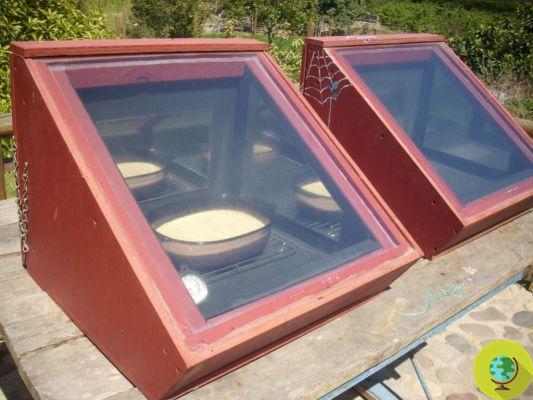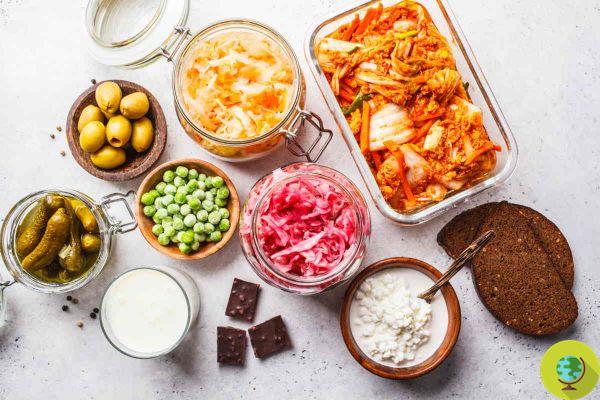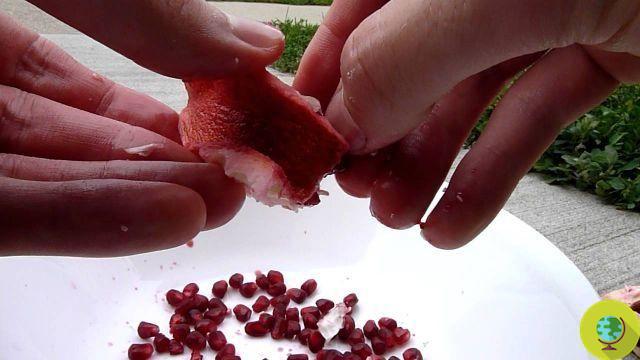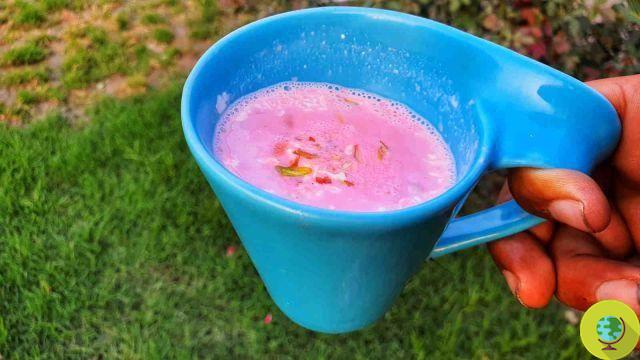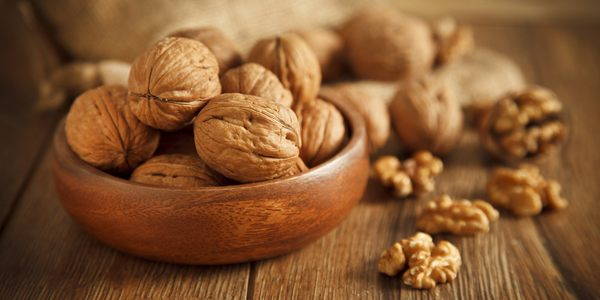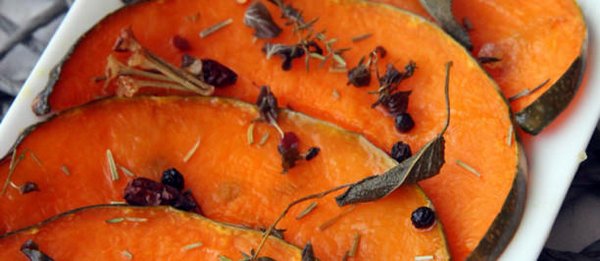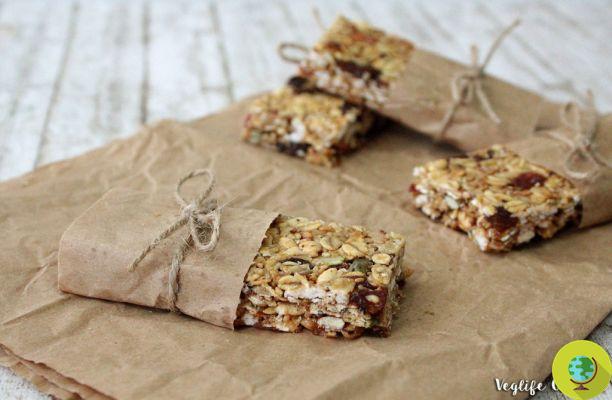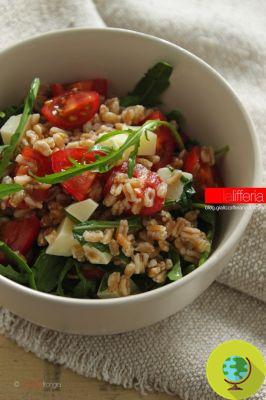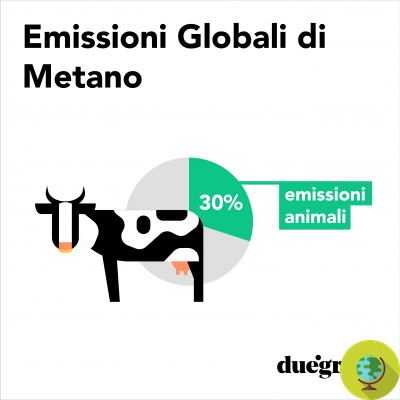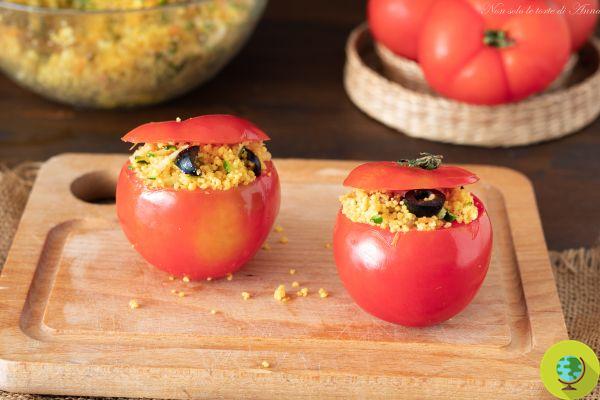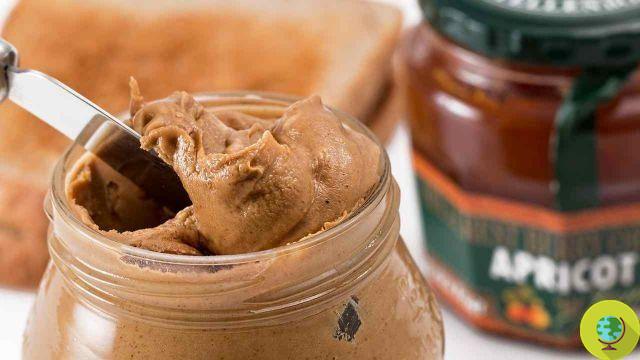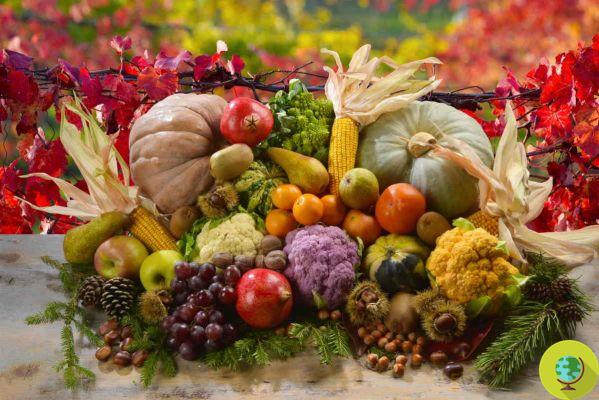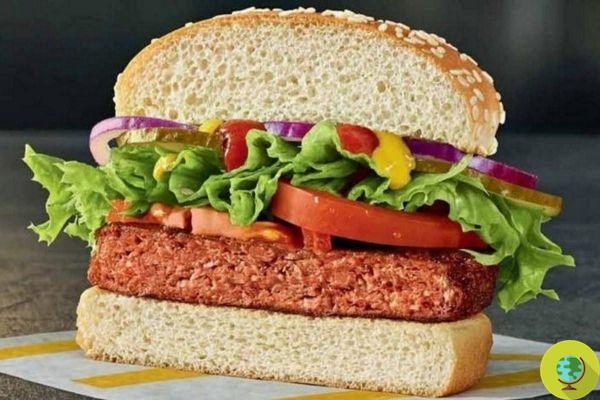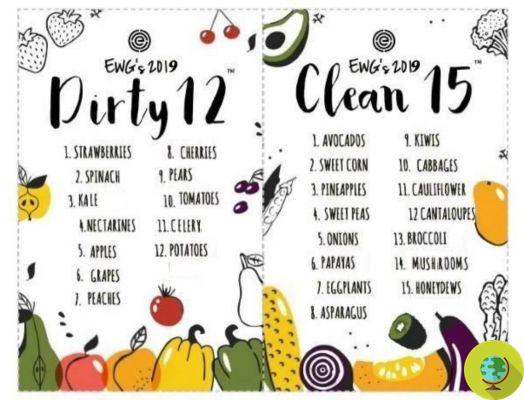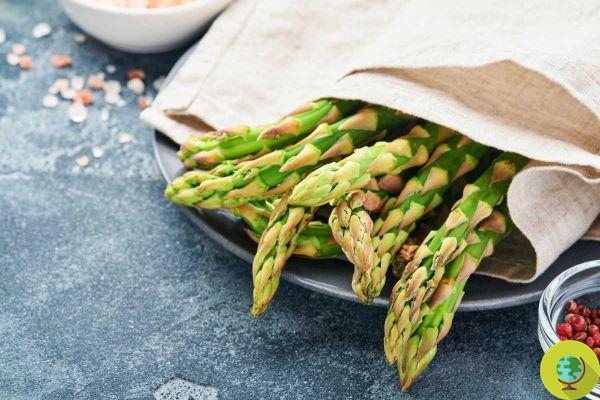
They may be ugly (and therefore cheaper) but that doesn't mean that crooked or ugly asparagus is not good and healthy - even more so than those sold in the supermarket, wrapped in plastic.
Don't store avocado like this: it's dangerous
We have been accustomed, in recent years, to always buying fruit and vegetables with an impeccable appearance - red and puffy apples, strawberries all of the same shape, aubergines and exaggeratedly large and shiny peppers - it does not matter if the natural flavor fails: yes it deals with vegetables and fruits grown in greenhouses, often coming from abroad, treated with pesticides and chemical additives that are anything but good for our health.
That's why, when we come across a slightly smaller orange or a lumpy potato, we turn up our noses and prefer not to buy: it almost seems that we care more about the appearance than the taste (or the actual quality). of what we put on the plate. But very often behind a not too inviting appearance hides a high quality product which paradoxically, precisely because it is less "attractive", also costs less.
This is the case of asparagus, the most characteristic vegetable of these weeks. Those that are not long enough, thick and turgid do not fall into the bestseller category and are often not present at the supermarket at all - but we can find them on the stalls of the weekly markets or buy directly from a local farmer, if we are lucky enough to know one. .
They will certainly have some flaws in their appearance, but their quality is not inferior to those we find in the supermarket - too often, unfortunately, drowned in a sea of plastic. And we don't have to worry if they are crooked or folded when raw, because they will come back straight when cooked: the fibers contained within the vegetable, in contact with the heat, relax and then return turgid - whatever the type of cooking applied. .
We can then choose to do a "home sorting", or to allocate asparagus of different sizes and thicknesses to different uses, in order to make the most of them - as our grandmothers once did, who used small and thin asparagus for soups. , the more turgid and thick ones as a side dish, the heads to enrich a salad and so on.
In short, buying more "ugly" or irregular asparagus is convenient both from an economic point of view (it can result in savings of up to four euros per kilo compared to those sold at the supermarket), and from an environmental point of view, since it contributes to the reduction of waste. food, a plague with unfortunately still high numbers.
Follow your Telegram | Instagram | Facebook | TikTok | Youtube
We also recommend:
- Asparagus time! Tricks and mistakes not to do to cook them perfectly
- Asparagus: properties, nutritional values, calories, uses and varieties
- If you cook asparagus these are the best spices to combine to enhance its flavor




